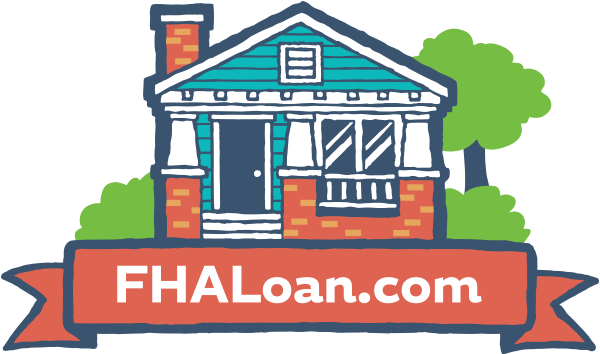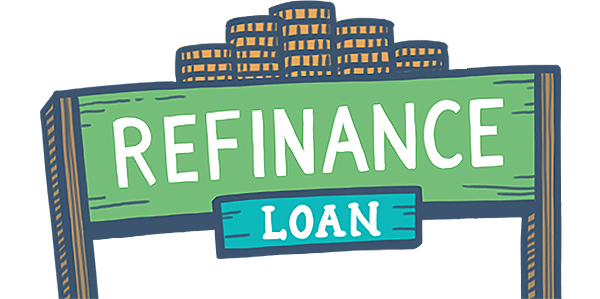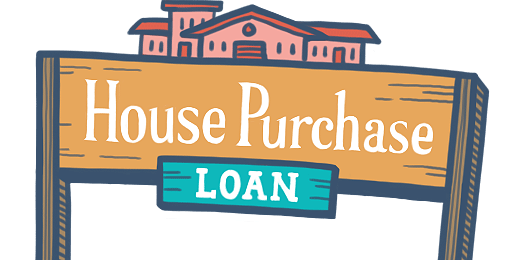
On the day of closing, all parties will sign the appropriate documents so that ownership of the home will be transferred to you. If you have any last-minute changes you’ll want to handle them before anything is signed. Most contracts will allow you to walk through the property the day before closing to make sure everything is in its expected condition. If anything is out of order, you can ask to delay the closing or request for an additional escrow deposit to cover necessary repairs.
Mortgages are complex transactions that many consumers don’t fully understand, even at the point of closing the loan. Understanding your closing statements, forms, and disclosures is an important part of responsible home ownership.
Closing Disclosure
Your Closing Disclosure is a key document that lists all of the costs and credits concerning your home purchase (or refinance) transaction. It is important to review this document carefully to ensure that you are receiving the loan you agreed to. Make sure to compare this document to the Loan Estimate that you received earlier at the time of your loan application. If something is different from what you agreed upon, contact your lender right away.
The Promissory Note
Simply put, when you sign the Note you agree to repay your mortgage. The Note will provide you with the details of your loan, your mortgage interest rate, your payment schedule, the length of time for repayment, and the place where you will send your payment. The Note also explains the consequences of failing to make your monthly payments. Read this document carefully. If something is different from what you agreed upon, contact your lender right away.
Right to Cancel Form
If you are refinancing a home loan, you have a right to cancel the loan within three business days. This document explains the rules for when and how you can cancel your loan, and what happens if decide to make this decision.
Initial Escrow Disclosure
The Initial Escrow Disclosure Statement details the specific charges that you will pay into escrow each month as part of a mortgage agreement. It shows how your escrow money will be spent and includes your monthly escrow payment, any disbursements (withdrawals) to pay taxes and insurance bills, and the running balance held in the account. Remember that the escrow amounts can change over time.
Deed of Trust / Mortgage
This document may be called the Security Instrument, Deed of Trust, or Mortgage. When you sign this document, you are giving the lender the right to take your property by foreclosure if you fail to pay your mortgage according to the terms you’ve agreed to. This document restates the basic information included in the Promissory Note and explains your responsibilities and rights as a borrower. The mortgagee refers to the lender or the “recipient of the mortgage.”

FHA Loan Articles
January 27, 2023Before you get ready to commit to a home loan application, it’s good to review your circumstances and ask a few basic questions about your loan, your plans, and the home itself. Believe it or not, knowing what type of home loan you need is an important step.
November 30, 2022Buying and financing a home is complicated and can become overwhelming. It's important for you to stay informed, and know what your options are. So, start with the basics and read about the four different mortgage types available before approaching a lender.
November 8, 2022The fact is that repairs and renovations to your home cost a lot of money. Luckily, the FHA has an option for those with fixer-uppers on their hands. The FHA 203(k) Rehabilitation Mortgages allows borrowers to finance the funds for renovations to a home.










